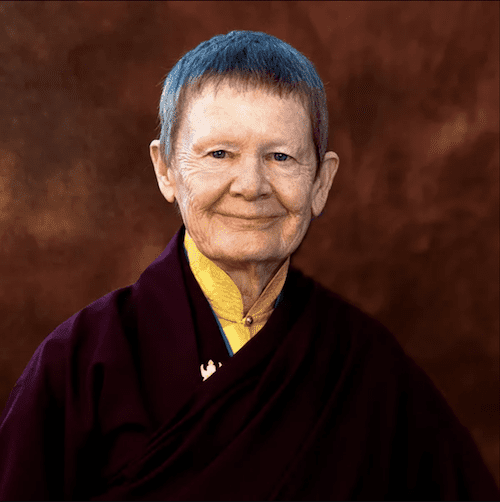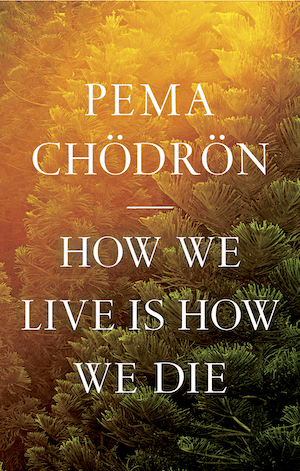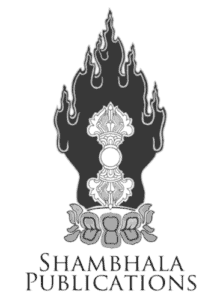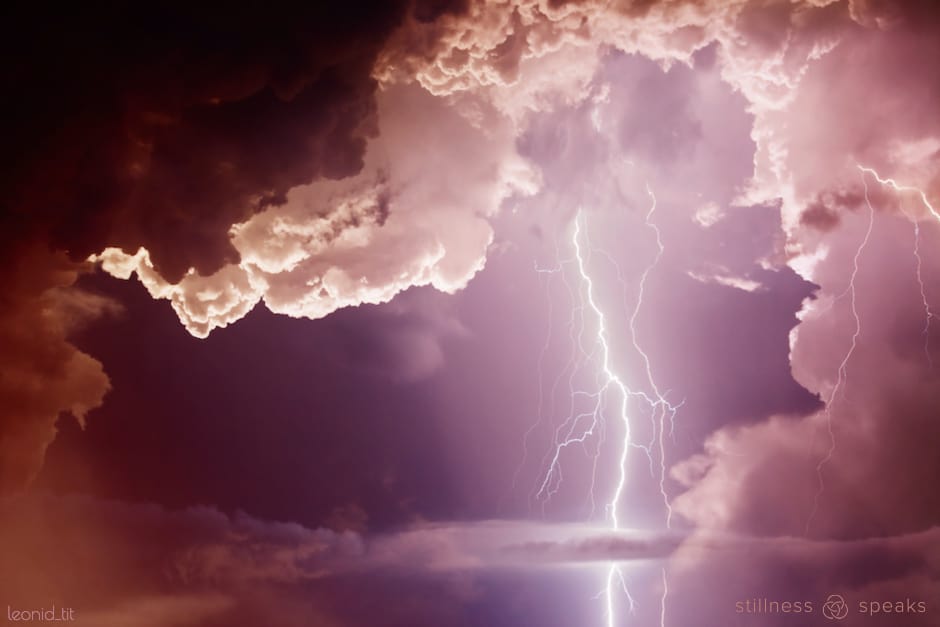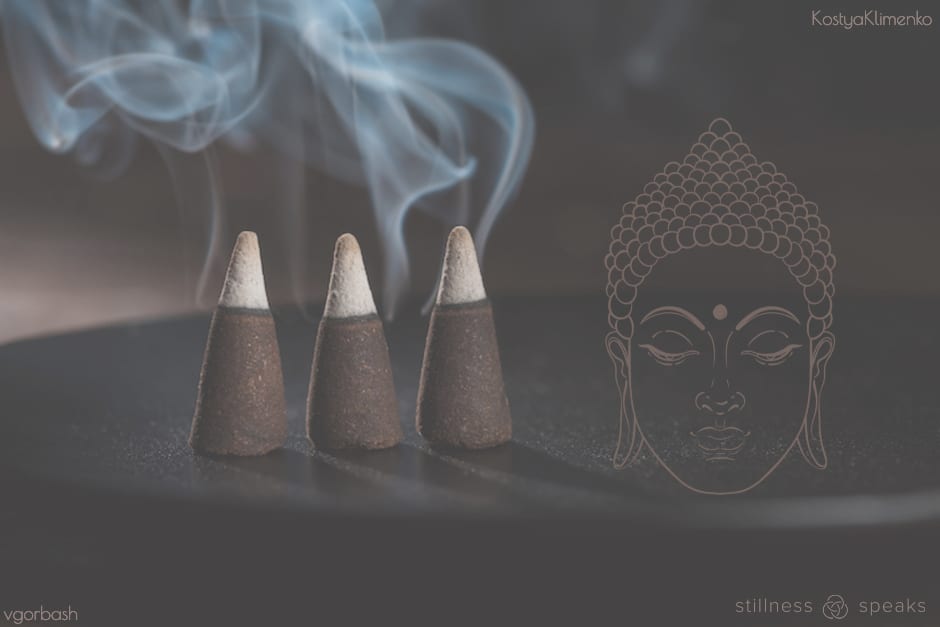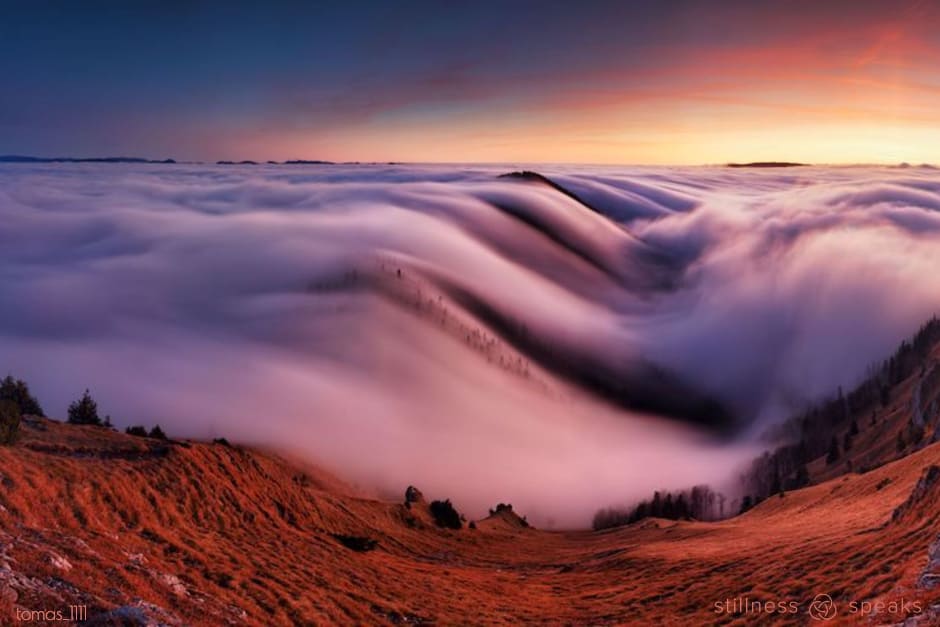“… knowing how to work with our emotions is really the key to finding balance and equanimity …” … refraining is “… an important step toward tapping into the wisdom of emotions, an essential step toward experiencing emotions as a direct path of awakening …” ~ Pema Chödrön
How do we live a deeply meaningful life? … that’s imbued with balance and equanimity? … with the ever present challenges in our everyday life – especially the trickier (typically frequent) ones such as the propensity to react to something that has to do with our emotional, physical, mental (and even spiritual) “bodies” …
Such questions arise at some stage in life … either naturally as part of earnestly exploring “That which matters” … or triggered by some “deeply impacting life event,” e.g., a trauma, someone close dying, or suddenly facing death.
Death is a topic that’s typically avoided in “modern societies” even though it’s closer with every passing day. In contrast, some ancient traditions consciously embrace death for guidance about “being more alive” … and for awakening to our true nature.
The Tibetan Bardo Tödrol (which means “liberation through hearing in the intermediate [or in-between] state” ) – or The Tibetan Book of the Dead – is a guide book for awakening “during the death process” … and Bardo refers to “… the passage following our death and preceding our next life …” …
Pema Chödrön says” … whether or not we believe in the Tibetan worldview, if we get to the essence of the bardo teachings, they can benefit us not only after we die, but this year, this day, this moment …” …
For many, The Tibetan Book of the Dead is shrouded in mystery … but thankfully, Pema, in her recent book, How We Live Is How We Die, demystifies the Bardo by showing how it can benefit our everyday life …
Of the six Bardos (the natural bardo of this life … of dreaming … of meditation … of dying … of dharmata, and …of becoming) … she covers the last three in detail and “… also connect{s} them to more familiar experiences that we go through during our lives …” …
Her key summation is: “… a broader translation of bardo is simply “transition” or “gap.” The journey that takes place after our death is one such transition, but when we examine our experience closely, we will find that we are always in transition. During every moment of our lives, something is ending and something else is beginning …”
Pema “unlocks the bardo” by writing “… in such a way that you will find these teachings meaningful and helpful, whatever your beliefs …” … and adds that “… I have learned from experience that applying these bardo teachings has removed much of my fear and anxiety about death. But just as importantly, this training has made me feel more alive, open, and courageous in my day-to-day experience of life. This is why I would like to pass these teachings and their benefits on to you …”
An outstanding book! … every chapter offers gems for a life of balance and equanimity.
In Part 1 of this 2 part series, we offer the chapter The First Step to Courage: Refraining. Refraining being the 1st of Buddha’s “3 steps to courage” for navigating kleshas (destructive emotions) like craving, aggression, and ignorance …
Also, we highly recommend you read Pema’s Introduction and the 1st chapter The Wondrous Flow of Birth and Death.
This series is part of our ongoing Shambhala Publications series that offers substantive previews of selections from Shambhala Publications new and classic titles …
All italicized text here is adapted from How We Live Is How We Die by Pema Chödrön, © 2022 by the Pema Chödrön Foundation. Reprinted in arrangement with Shambhala Publications, Inc. Boulder, CO. Shambhala Publications has also generously offered a free downloadable PDF of the Table of Contents (link is at the bottom of the post).
You can purchase the book at Shambhala Publications or Amazon.
The First Step to Courage: Refraining
Here we are, meditators on the path, journeying from birth to death in the bardo of this life. How can we use it to its fullest so that both this life and our death are deeply meaningful? Shechen Gyaltsap, a great spiritual master who died in 1926, put it like this: “Amidst the fleeting clouds of illusion dances the lightning flash of life. Can you say that tomorrow you will not be dead? So practice the Dharma.”
To practice the Dharma means not only to meditate and contemplate the teachings but also to apply our understanding in daily life. One of the things that initially drew me to Buddhism was that there were actual methods to help us lead happier, more meaningful lives. There were instructions on what causes our dissatisfaction and pain, and instructions on how to become free of suffering. In fact, this was the aim of the Buddha’s teaching.
The true cause of our unhappiness is not outside but inside. Our propensities and negative emotions are what ruin our days, not our supervisor or our nemesis. As is taught again and again, as long as the poisons of the kleshas remain in our mind, we will not find happiness anywhere in the world.
The Buddha taught three main methods for working constructively with our kleshas, which I think of as “three steps to courage.” He presented them in order of increasing subtlety and profoundness. The first is refraining from reacting. This is based on the sense that there is something negative about the emotions, so we should do whatever we can to avoid making things worse. With the second method, transforming the kleshas into love and compassion, we adopt a positive view of the emotions: if we use them in the right way, they bring benefit rather than harm. The third method is using the emotions as a direct path of awakening. Here we transcend the duality of good and bad and let the emotions be just as they are.
I’ve found that the teachings on refraining from reacting can be very unpopular. Once I was giving a talk on this topic and an old friend raised his hand and was clearly upset. He said, “You shouldn’t teach this stuff. It’s like putting a lid on our feelings. Trungpa Rinpoche would never have taught us this.”
Leaving aside that I actually received this teaching from Trungpa Rinpoche, I realized then that it’s important to present refraining in a positive light, to present it as an important step toward tapping into the wisdom of emotions, an essential step toward experiencing emotions as a direct path of awakening.
My brother used to tell me, “Whenever you are hungry, angry, lonely, or tired, H-A-L-T.” That’s an instruction on refraining. Instead of barreling ahead and reverting to old patterns of blaming or judging or otherwise avoiding what we’re feeling, we allow space. We halt. We slow down the reactivity.
Often when I teach the practice of refraining, people like my friend ask questions to be sure I’m not encouraging them to hide or to run away from their problems. We’re so used to everyone acting and speaking out that if we refrain from doing so, we may feel like we’re avoiding things we need to face. But the point of keeping our mouth shut isn’t to duck out of heated situations. The point is to give ourselves the time and support to feel what we feel and interrupt the storyline. How we look at things makes all the difference. If we approach refraining as a means of shutting down, it can easily turn into that. But if we approach it as a way of opening up and becoming more allowing of whatever arises, then this practice will serve us well.
In his book Emotional Rescue, Dzogchen Ponlop Rinpoche calls this a “mindful gap.” It’s as if we step back and become more present and awake to what’s happening. We allow some space, some mindful space—embodied, present, and kind.
The energy of the kleshas can be very intense. It takes some getting used to. I think of refraining from speaking and acting as becoming familiar with the transformative energy of the emotions. This, I promise, takes patience and time. It’s like getting to know an old friend at a deeper level. Our friend’s energy challenges us, and yet we stick with them through thick and thin because we love them.
To make it easier to relax with powerful klesha energy, it can be helpful to view it as a process of purifying habitual patterns—of purifying old, unhelpful karma. Since our mind tends to get stuck in repetitive patterns easily, we usually react to new experiences in the same predictable way that we always have. We reinforce old habits by repeating them over and over. But if, on the other hand, we allow a mindful gap, we won’t react in the usual way and we can allow the experience simply to pass through us. This weakens our habit. If we do it often enough, we can eventually exhaust the karmic pattern altogether so that it never comes back again.
My experience is that allowing a space before we react predictably is magical. For me, it’s what allows for making friends with myself, what allows for clear seeing and a change of direction. Without this mindful gap, without refraining, we just stay stuck in old patterns, wondering, yet again, “How did I get into this mess?”
The practice of halting or refraining is the most basic way of working with our kleshas: don’t speak, don’t act, get in touch with what we’re feeling. It’s the first method we need because, when we perpetuate our storylines or act out, we don’t have the mental space to apply the other two practices: transforming the emotions and using them as a direct path of awakening. People often want to skip the first stage, but that is doomed to backfire. As Ken McLeod says in Reflections on Silver River, “It is often unthinkably frightening to experience what goes on inside you. If you wish to be free, however, you have no choice.”
Pema Chödrön
And, stay tuned for Part 2 of this series … excerpt of the entire chapter titled Heart Advice where Pema talks about “… the power of warmth—right at this very moment, and when we die ...”
All italicized text below is adapted from How We Live Is How We Die by Pema Chödrön, © 2022 by the Pema Chödrön Foundation. Reprinted in arrangement with Shambhala Publications, Inc. Boulder, CO.
And, click here for the free, downloadable PDF of the Table of Contents.
You can purchase the book at Shambhala Publications or Amazon.
Pema’s thoughts on refraining helps us navigate daily life with more equanimity, which inevitably makes us see our “oneness” … leading to more compassion and kindness towards others … so in that spirit let us help the victims of Hurricane Ian in whatever way we can … and to that end here are some options:
1) 6ABC: How to help those impacted by Hurricane Ian.
2) Go Fund Me: How You Can Help: Donate to Hurricane Ian Relief.
3) USA Today: Here’s how you can help those affected by Hurricane Ian in Florida.
— — — —
We are all facing financial challenges but IF your situation allows you to donate and help then please do so …
THANK YOU!
And, may you practice refrain … in your daily life – with ease … and …
May you remain safe and healthy as you navigate these unsettling times.

